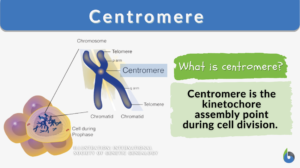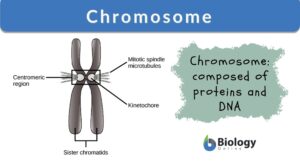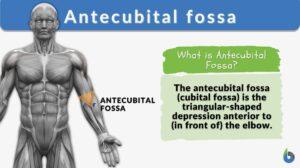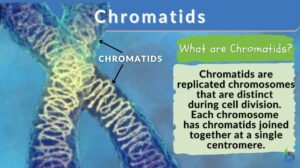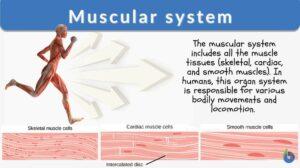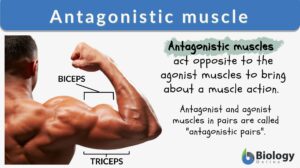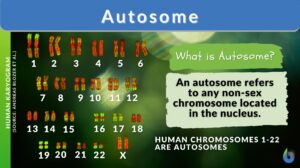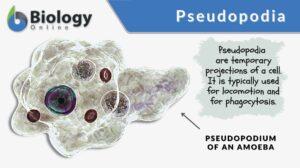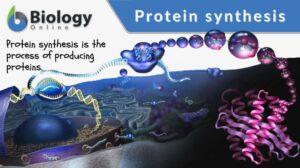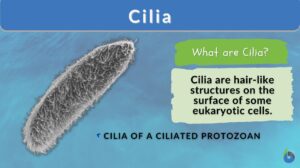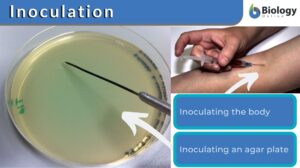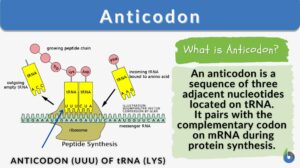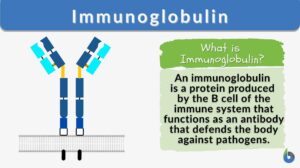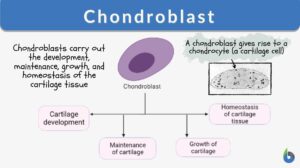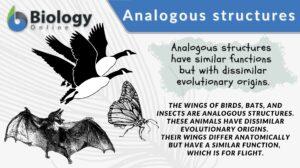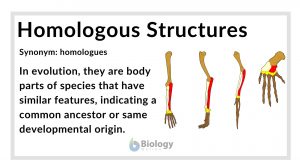Search Results for: arm
Centromere
Centromere Definition Centromere is defined as the point of attachment for the sister chromatids generated after DNA... Read More
Upper lateral cutaneous nerve of arm
upper lateral cutaneous nerve of arm --> superior lateral brachial cutaneous nerve (Science: anatomy, nerve) The terminal... Read More
Chromosome
Chromosomes Definition Chromosomes are thread-like structures present in the nucleus of plant and animal cells. Chromosomes... Read More
Antecubital fossa
Antecubital Fossa Definition The antecubital fossa or the cubital fossa is the triangular-shaped hollow depression between... Read More
Chromatids
Chromatid Definition Chromatids are found inside our cells. Chromatids are condensed chromosomes distinguishable during... Read More
Muscular system
Muscular System Definition What is the muscular system? The muscular system is a system that includes muscle cells and... Read More
Antagonistic Muscle
Definition of Antagonistic Muscle What does the term “antagonistic” mean? As the name suggests, the word antagonistic... Read More
Paracentric inversion
Definition noun, plural: paracentric inversions (genetics) An inversion of a segment of chromosome in which the centromere... Read More
Antebrachium
Definition noun, plural: antebrachia The forearm, i.e. the part of the arm between the elbow and the wrist. Supplement The... Read More
Transfer ribonucleic acid
Definition noun plural: transfer ribonucleic acids trans•fer ri•bo•nu•cle•ic ac•id, ˈtɹænsfɝ... Read More
Pseudopodia
A pseudopodium (plural: pseudopodia) refers to the temporary projection of the cytoplasm of a eukaryotic cell. Pseudopodia... Read More
Pericentric inversion
Definition noun, plural: pericentric inversions (genetics) An inversion of a segment of chromosome in which the centromere... Read More
Protein synthesis
Protein synthesis is the process of creating protein molecules. In biological systems, it involves amino acid synthesis,... Read More
Constitutive heterochromatin banding
Definition noun (cytogenetics) A selective banding technique wherein a banding pattern is produced in the constitutive... Read More
Haemophilia A
Definition noun A form of haemophilia that is caused by a deficiency in blood clotting factor VIII due to a gene defect in... Read More
Chromosomal inversion
Definition noun, plural: chromosomal inversions A chromosomal aberration wherein a segment of a chromosome is reversed... Read More
Inoculation
Inoculation Definition In Immunology, inoculation is defined as the process of introducing an antigenic substance or... Read More
Subtelocentric chromosome
Definition noun, plural: subtelocentric chromosomes A chromosome whose centromere is placed near the end rather than the... Read More
Metacentric chromosome
Definition noun, plural: metacentric chromosomes A chromosome in which the centromere is located in the middle resulting in... Read More
Regeneration in humans – Finding the gene switch
Regeneration in humans is much more limited compared in other animals. Say for instance when one lost a limb, much as well... Read More
Genetic locus
Definition noun, plural: genetic loci The location of a gene (or of a significant sequence) on a chromosome or on a linkage... Read More
Immunoglobulin
Immunoglobulin Definition An immunoglobulin is a globulin molecule produced by the immune cells, for the body's defense... Read More
Shoulder-girdle syndrome
Definition noun A neurologic disorder generally of unknown cause and characterized by the acute onset of shoulder pain... Read More
Proprioceptor
Definition noun, plural: proprioceptors A sensory receptor located in the subcutaneous tissues, and is capable of detecting... Read More
Stewart-Holmes test
Definition noun A test named after the two neurologists, Gordon Morgan Holmes and Thomas Grainger Stewart, to determine... Read More
Chondroblast
There are two forms of cells in cartilage: chondroblasts and chondrocytes. The chondroblasts are cells that secrete the... Read More
Quinacrine banding
Definition noun (cytogenetics) A chromosome banding method that treats chromosomes with quinacrine dihydrochloride to reveal... Read More
Chelicerate
Definition noun, plural: chelicerates Any of the species belonging to the subphylum Chelicerata Supplement The chelicerates... Read More
Analogous structures
Analogous Structures Definition In evolutionary biology, analogous structures are biological structures having similar or... Read More
Homologous structures
Homologous Structures Definition What are homologous structures? In biology, homologous structures are physical features... Read More
Lymphatic duct
Definition noun, plural: lymph ducts A lymphatic vessel that carries lymph and drain it into the subclavian... Read More

